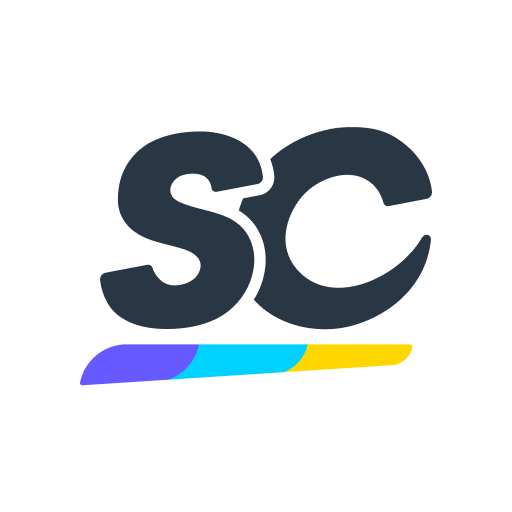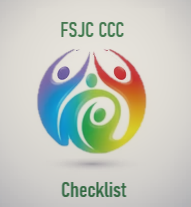Title Page
-
Site conducted
-
Conducted on
-
Inspected By
-
Accompanied By
-
Location
-
Inspection Code:
Yes
No
Not Reviewed
Environmental Safety
-
Daily cleaning and sanitation procedures being followed and documented? <br>29 CFR 1910.141; 29 CFR 1926.51; 29 CFR 1928.110; OSHA guidance on Mitigating & prevention of COVID-19 updated 06-10-21
-
General housekeeping is neat and orderly? <br>1910.22, 1926.25
-
Safety bulletin board contains up to date information? <br>1903.2
-
Area free from clutter with materials properly stored safely to prevent fire, tripping or pest hazards <br>29 CFR 1910.22; 29 CFR 1926.25; FSH 6709.11 38.33
-
Clean drinking water provided (from a fountain or with individual drinking cups) and are the containers clean
-
Ventilation adequate to prevent odors?
-
Waste containers kept clean and emptied as needed?
-
Spills cleaned up promptly?
-
Walking/work surfaces free from carpeting damage, holes or cracks (slip/trip/fall hazards)? <br>29 CFR 1910.22(a)(3)
-
Ceilings free from damage or missing tiles? 1910.37(a)(4). NFPA 101 8.5.1
-
Lighting fully functional and in good repair?<br>29 CFR 1910.269
-
Area free from damaged, worn or unsafe messaging?
RESTROOM FACILITIES
-
Toilets and washing facilities clean and stocked with supplies (soap, towels, toilet paper)?
-
Fixtures in toilets and washing facilities working and in good repair?
-
Tilework clean and free from damage?
-
Showers, sinks and toilets free from leaks?
-
Free from mold and mildew?
STORAGE
-
Storage racks tightly assembled and free of sagging from overload or damage?
-
Storage areas kept free of tripping and fire hazards?
-
Do employees have a safe way to stock and unstock the shelves?
-
Cleaning supplies properly labeled?
-
Mopping supplies properly cleaned and stored?
-
Universal waste stored properly, labeled and dated? 40 CFR part 273; FSH 6709-11 61.18
HAZARDOUS CHEMICALS
-
SDS inventory contains all items and is up to date? <br>1910.1200(b)(3)(ii)
-
All hazardous containers labeled appropriately? <br>1910.1200(b)(4)(i)
-
Procedures in place and being followed for obtaining and returning hazardous chemicals?
-
Secondary containers labeled? <br>1910.1200(f)(6)
-
Supplies on hand for incidental chemical spills? <br>1910.12
-
Personal protective clothing and equipment used (gloves, eye protection, etc.) when handling chemicals?
-
Signage prohibiting eating in areas where hazardous chemicals are present?
ELECTRICAL SAFETY
-
Extension cords used only for temporary use with correct voltage and rated for usage? <br>CFR 1910.269
-
Power cords free of splices, taps, and damaged insulation?
-
Electrical parts on tools, equipment, building wiring, and electrical panels enclosed to prevent contact?
-
Circuit overload occurring? If so why?
-
Breaker boxes clear and accessible?
-
Electrical cords and equipment used at wet locations have waterproof covers or seals to keep moisture out?
-
Outlets and covers in good condition with GFCI circuits used in wet locations? <br>CFR 1910.303(b)(1), 1910.304, 1926.404(b)(1), NEC Section 210.52
FIRST AID
-
First aid kit and BBP kit available and stocked using a list of required items? <br>1910.151(b), 1926.50( c ), ANSI/ISEA Z3-8.1, 1926.50(d)(1), PRH Exhibit 5-4
-
EPI Pen available? <br>1910.151 , 1926.50(d)(1), ANSI/ISEA Z3-8.1
-
AED machines inspected with unexpired batteries? <br>1910.151 , 1926.50(d)(1), ANSI/ISEA Z3-8.1
EMERGENCY EVACUATION & EXITS
-
Occupancy loads posted with adequate exit discharge routes that lead outside? <br> 20 CFR 1910.36 (c)
-
Evacuation routes posted in each area with emergency numbers, two-colored coding and are in good repair? <br>29 CFR 1910.38(c)(2), PRH 5.1R17(b)(6)(7)
-
Exits clearly marked and doors that could be mistaken for a way of exit marked “Not an Exit” or with the name of the adjoining room?
-
Exits and exit paths clear and free of obstructions? <br>CFR 29 1910.36, 1910.37, NFPA 101
-
Emergency lighting properly illuminated? 29 CFR 1910.36, 1910.37, NFPA 101
-
Fire alarm panel functioning properly? <br>29 CFR 1910.164(b)(2), NFPA 72, PRH 5.1 R17(3)
-
Exits opened from the inside without a key?
-
Documented emergency evacuation drill within the last 30 days?
Gymnasium
-
Lights adequately protected from breakage
-
Courts and surrounding areas free from obstructions
-
Court floors in good repair
-
Basketball goals and surrounding wall properly padded
-
Bleachers and other seating in good repair
-
Equipment is stored properly
Weight Room
-
Weight machines and Fitness equipment in good repair, surfaces intact and cleanable/tears?
-
Vinyl free from rips/tares?
-
Weights and equipment properly stored when not in use
-
Adequate spacing exists between machines and equipment
-
Sanitation station is available and stocked?
Tennis Courts/Ball Field
-
Tennis Court playing surface free from debris and in good repair
-
Outside GFCI outlets in good repair
-
Fencing around Tennis Court in good repair
Sign Off
-
Name and Signature









